RSS

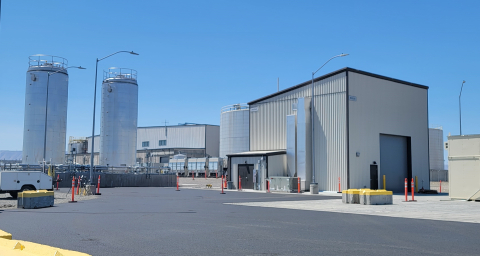
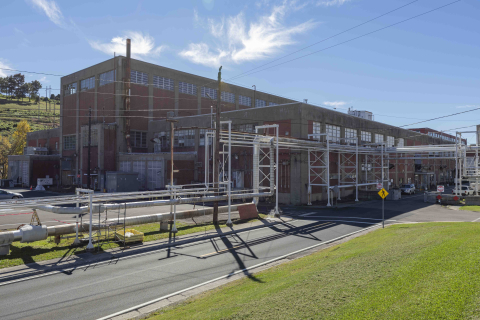
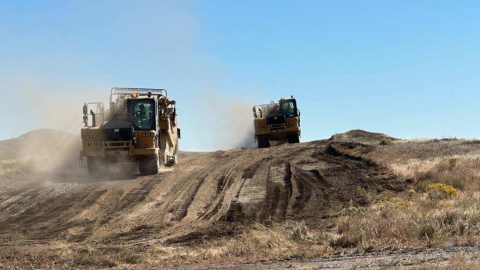
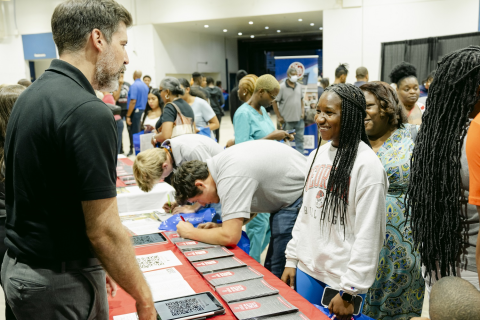
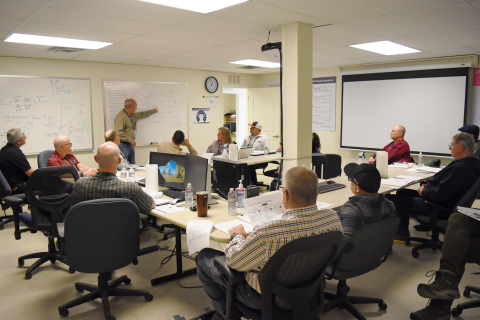
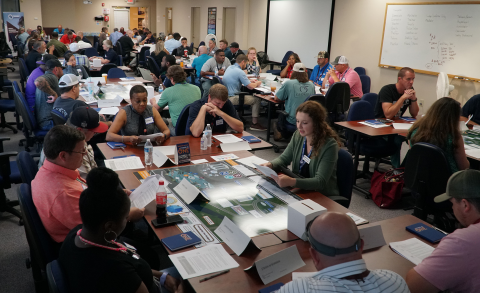
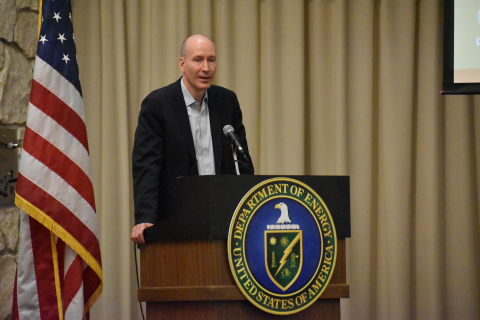
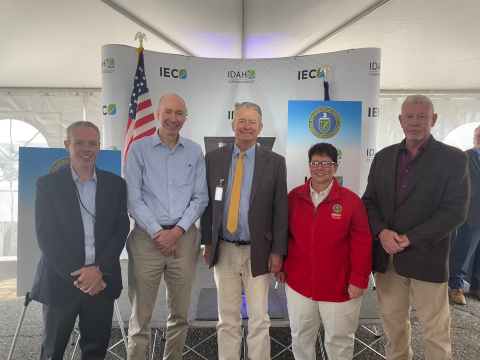
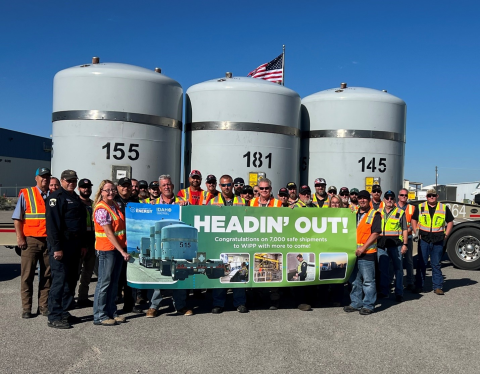

Twelve newly trained nuclear waste processing operators received their nuclear waste processor or handler certifications last week.

Construction is complete on more than 40 upgrades that will increase the capability, efficiency and reliability of the Hanford Site’s Effluent Treatment Facility (ETF).

EM crews have removed more than 1 million gallons of water from the basement of the Beta-1 building at the Y-12 National Security Complex at Oak Ridge.

EM crews have broken ground on a new cell of the largest active landfill at the Idaho National Laboratory Site, an expansion that will extend the life of the facility by 25 years and increase its capacity threefold.

During the recent Central Savannah River Area (CSRA) College Night, thousands of students filled the James Brown Arena in search of higher education opportunities, apprenticeships and future career paths at the Savannah River Site (SRS) and beyond.

Teams with the Hanford Site's Waste Treatment and Immobilization Plant (WTP) are running through the detailed process workers will use to add simulated waste to a large melter in the next few months.

An EM contractor has completed a training series where employees dove deeper into the past, present and future of the Savannah River Site (SRS) liquid waste mission.

On 9/26/23, the Hanford site hosted the first Cleanup to Clean Energy Information Day at an EM site.

Deputy Energy Secretary David Turk and EM Senior Advisor William “Ike” White visited the Idaho National Laboratory (INL) Site last week to thank federal and contractor employees for the successful start and routine operations of a radioactive liquid waste

EM and its cleanup contractor at the Idaho National Laboratory (INL) Site celebrated an important milestone last week: the site’s 7,000th transuranic (TRU) waste shipment to the Waste Isolation Pilot Plant (WIPP) in New Mexico.

